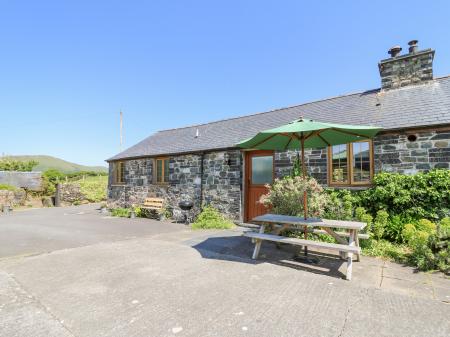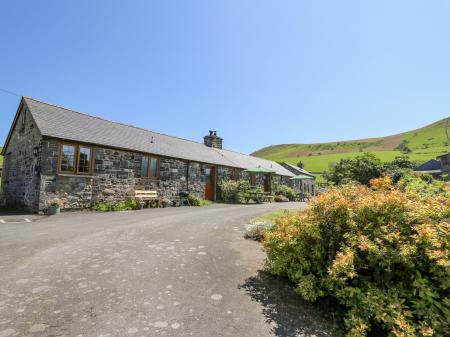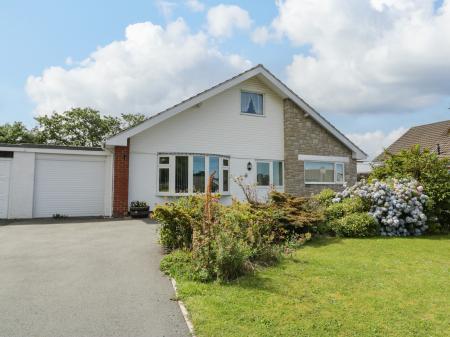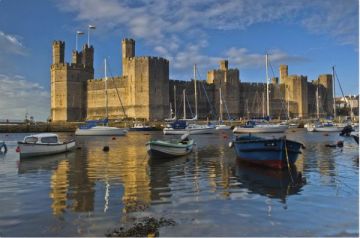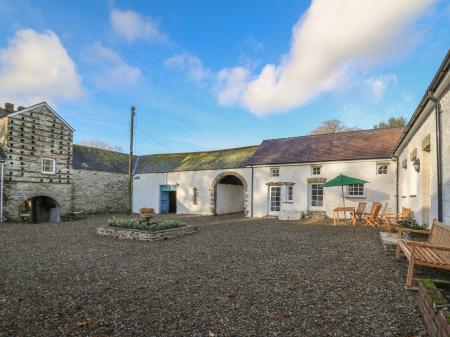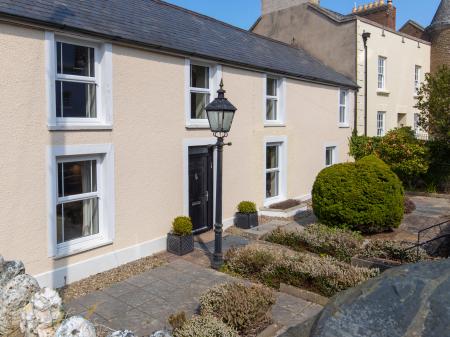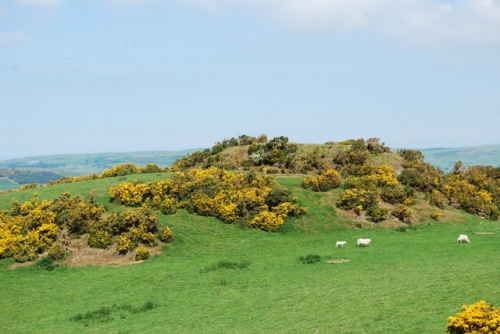
Cadwaladr was the son of Gruffudd ap Cynan, whose escape from Norman custody in 1094 was the signal for the Welsh to temporarily drive the Normans out of Gwynedd.
The castle mound is 40 metres in diameter, though only 5 metres high. It is defended in part by a rock-cut ditch measuring 3 metres wide and 1 metre deep. The top of the motte is concave, protected within a 1 metre high bank and enclosing an area about 13 metres diameter.
The motte had a limited useful lifetime, for it was destroyed in 1147. The motte is built in a wonderful location in a line of rocky crags on the south side of the Dysynni valley, on a spur between two streams.
The location is important; it was probably chosen to command a good view of the Dysynni river crossing.
A few miles further inland along the Dysynni is another beautifully situated fortress at Castell-y-Bere, built around 1221 by Llewelyn the Great.
 We've 'tagged' this attraction information to help you find related historic attractions and learn more about major time periods mentioned.
We've 'tagged' this attraction information to help you find related historic attractions and learn more about major time periods mentioned.